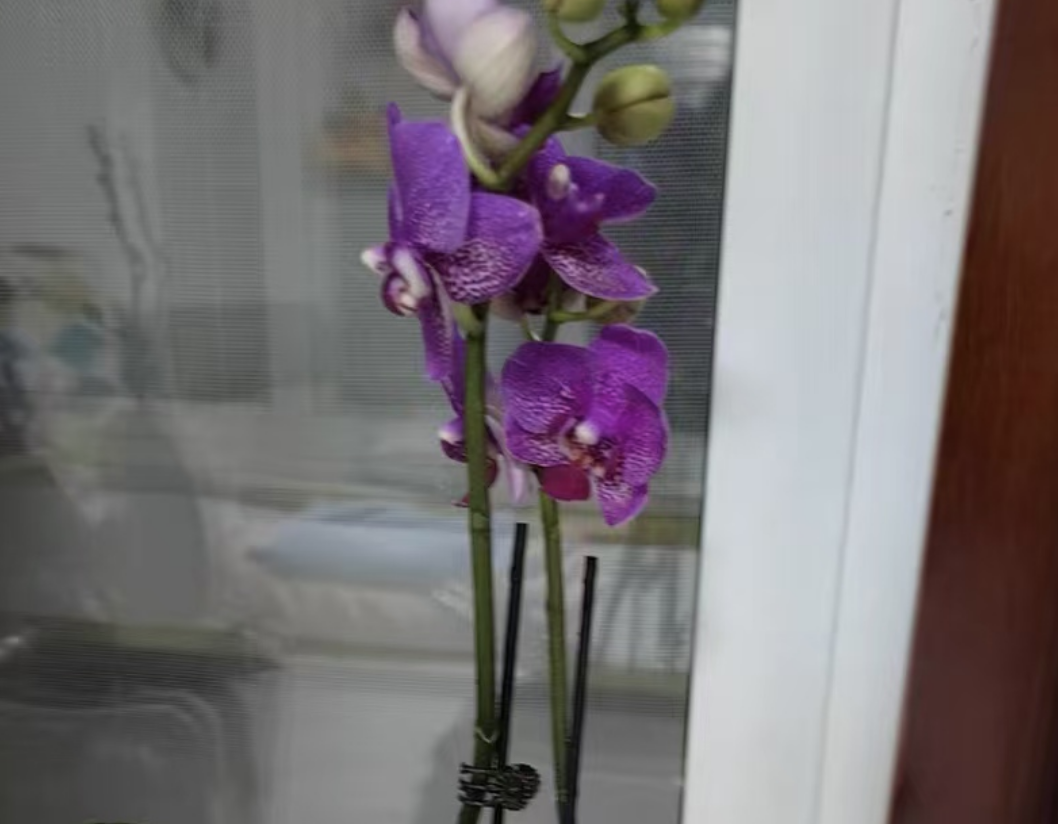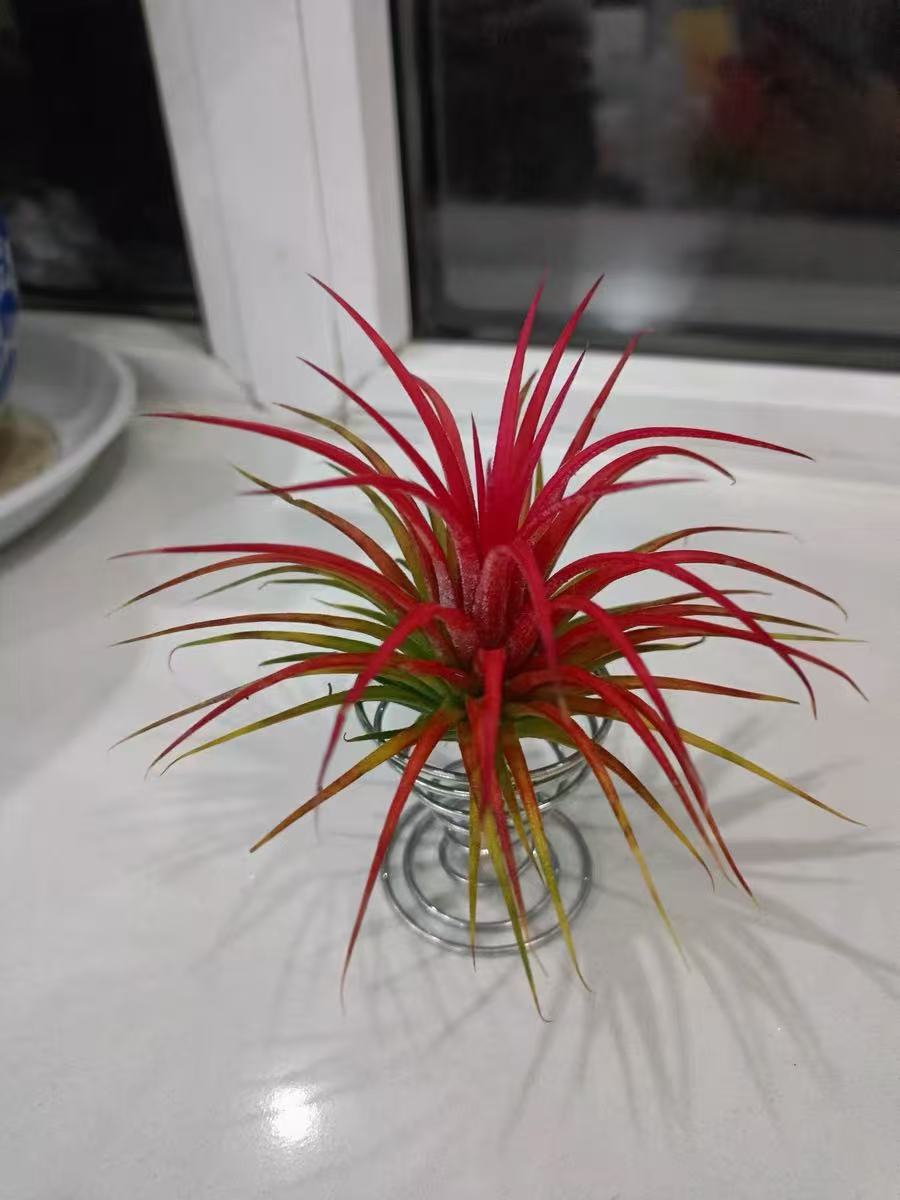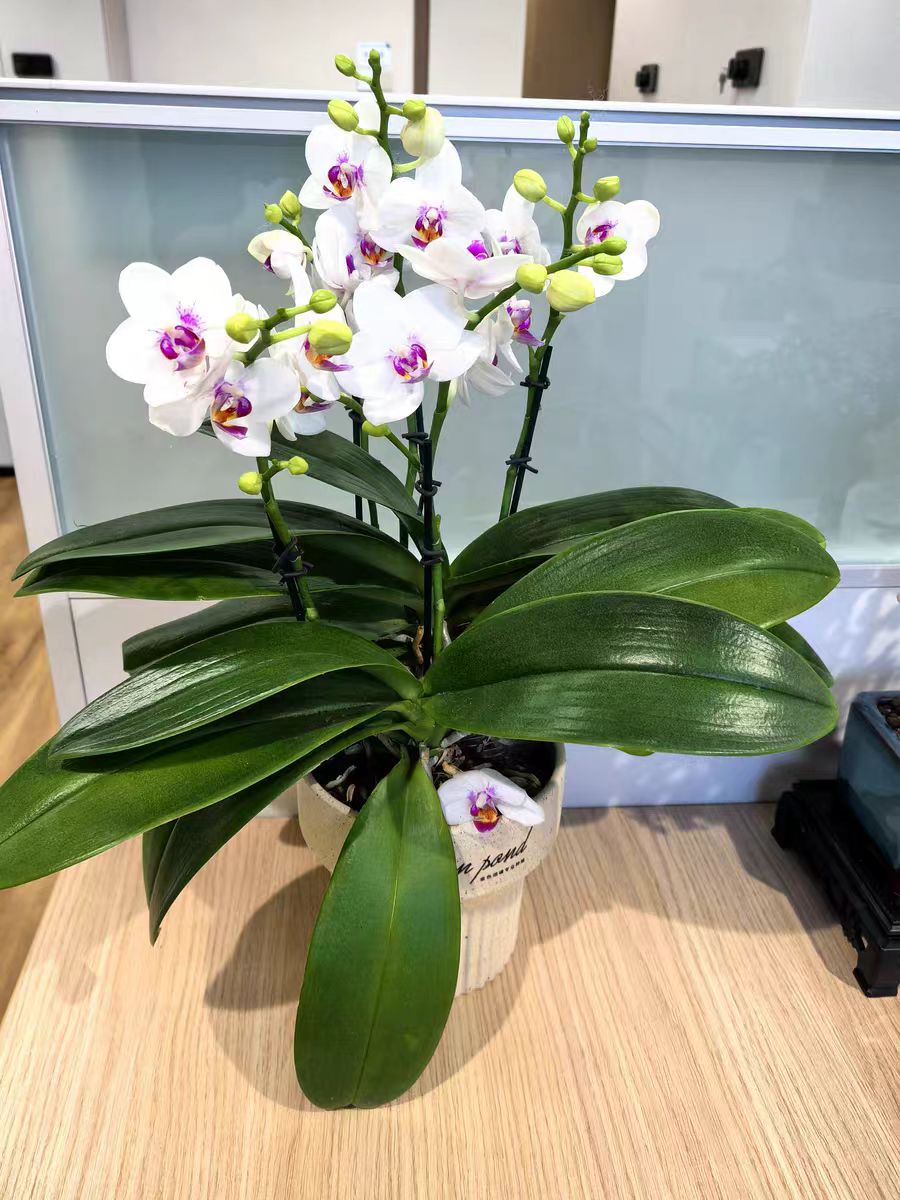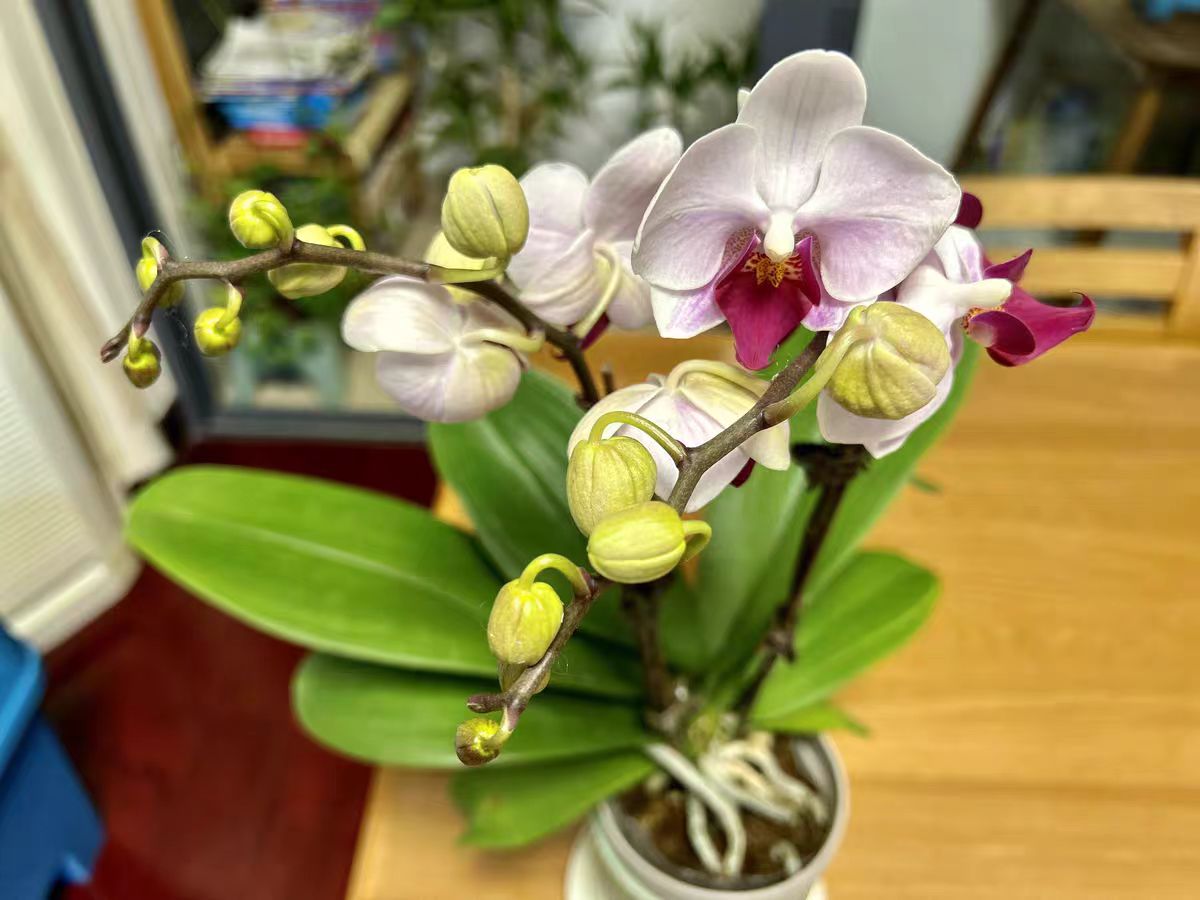Phalaenopsis is the "dream flower" in the hearts of most people. During the cultivation process, people are particularly worried about it wilting due to water shortage, so they tend to give it more water involuntarily. However, for Phalaenopsis, it doesn't like to "drink" so much water. Because its leaves have a miraculous water - saving ability. Even in a relatively dry environment, it can still remain vital. What's the reason for this? Let's take a look at the mystery together below.
Flower - lovers who cultivate Phalaenopsis all know that its leaves are relatively round and covered with a thin waxy layer on the surface, looking a bit like succulent plants. In fact, its leaf structure is also somewhat similar to that of succulent plants. The waxy layer on its leaves can prevent water evaporation and reduce water loss of the plant. At the same time, the internal cell structure can not only help Phalaenopsis absorb sunlight for photosynthesis, but also has a water - saving mechanism, so as to reduce the chance of pest and disease attacks.
In addition to the leaf structure, Phalaenopsis itself has a mechanism to regulate transpiration. That is to say, when the external environment is relatively dry, it will start a mechanism to skillfully control the internal water loss. This mechanism enables Phalaenopsis to remain vibrant even under water - deficient conditions.
It's worth noting that in addition to the good water - retaining mechanisms of the leaves and itself, the root system of Phalaenopsis is the same. Although its roots are relatively slender and sensitive, precisely because of this, it can sense the water in the soil very quickly. If the water in the soil is sufficient, the roots will quickly absorb and store it. While in a relatively dry environment, the roots will reduce the water - absorption speed to control the water.
Therefore, during the daily cultivation of Phalaenopsis, attention should be paid to the watering frequency, following the principle of "watering when the soil is almost dry". Specifically, a little more water can be given during the growth and development stage. In cold winter, when the plant enters the dormant period, the watering frequency should be reduced and the soil can be a little drier. At the same time, when watering, avoid water splashing on the leaves or flowers. Because the leaves of Phalaenopsis are relatively smooth and water droplets are easy to stay on the surface. After a long time, if the leaves absorb the water, it's easy to get "leaf rot".
How to Water Phalaenopsis?

Share with
Tagged in :




Leave a Reply